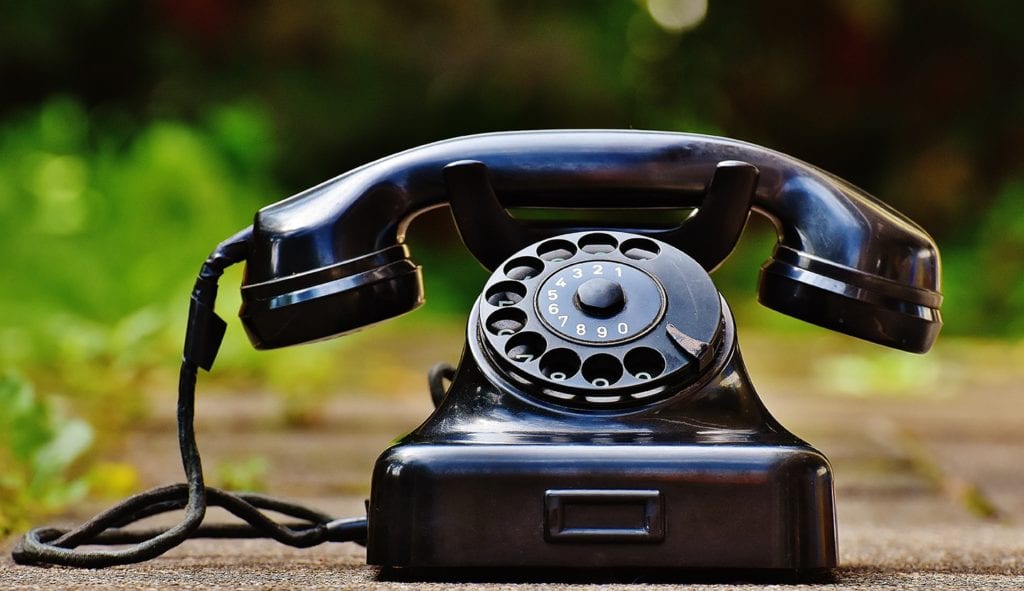 A lot of effort goes in to creating the professional image of a business.
A lot of effort goes in to creating the professional image of a business.
Some businesses prefer to be seen as casual and fun, while others are the epitome of businesslike and professional. These differences in approach are reflected in the company’s marketing efforts, logo designs and even the look of the office or storefront (or website).
There’s one other aspect of a company’s professional image that many businesses forget about, though: How you answer the phone. It might seem like a small thing, but the way that you answer the phone at work can have a big impact on how callers perceive not only the person they’re speaking to but also the company as a whole.
If you want to take your company’s customer service to the next level, it’s time to take a good long look at how you answer the phones at work:
Master the Attitude
In order to preserve your company’s professional image, you need to establish the attitude that employees will use when answering the phone.
Your employees need to have a positive attitude and be enthusiastic when it comes to answering calls. Their demeanor also needs to match with your company culture, however. Take the time to develop an in-house “phone style” that defines just how employees should handle calls and the sort of phone attitude that best matches the image your company tries to project.
Speak Clearly
Being able to speak clearly is a huge asset when talking on the phone.
This is why it’s essential that employees fielding calls be able to enunciate clearly and carry on a conversation without difficulty. Thick accents, mumbling and other conversational problems makes things difficult for the caller, and this difficulty can reflect poorly on your business. Employees who do have problems should speak slightly slower to give themselves time to properly form the words they’re trying to say. Extra effort can mean the difference between a clear and easy-to-understand conversation and one that leaves the caller feeling frustrated.
Avoid the Buzzwords
Depending on the industry your business operates in, there may be a lot of buzzwords and jargon that are commonly used among professionals. In most cases, however, these will just cause confusion if used when talking to customers. Instead, train employees who field customer calls to tone down the use of slang, buzzwords and jargon to keep the conversation at the customer’s level.
Stay Focused on the Caller
Any employee who is on the phone should not be doing anything else that’s not related to the call. This means no eating, no browsing social media and no looking around at other things while the caller is talking. Being attentive on the phone can mean all the difference between a satisfied customer and one that’s willing to take his or her business elsewhere.
Keep It Consistent
Some days go better than others, and we all have moments where we’re not at the top of our game.
Your employees should strive to put aside whatever their dealing with while they’re in a call, however. Each caller deserves as close to the same level of enthusiasm as your employees can muster, and that means your employees need to have consistency when answering calls. It isn’t always easy to be “on” with every call, but the effort they put forth is well worth it if it makes the customer’s call more productive.
Stay Professional
No matter who is answering the phone, it’s important that they do it as a representative of your business.
They should strive to not answer on the first ring (as this can take callers by surprise) but to always answer by the third ring (to make callers feel that they’re important). They should stick to the company’s phone style, using appropriate greetings and speaking clearly at all times. Even if they know the caller, they shouldn’t get too casual since that can reduce professionalism.
It may take a little while to get employees used the idea of being company representatives on the phone, but in the end it can make a huge difference in how your company is perceived.

